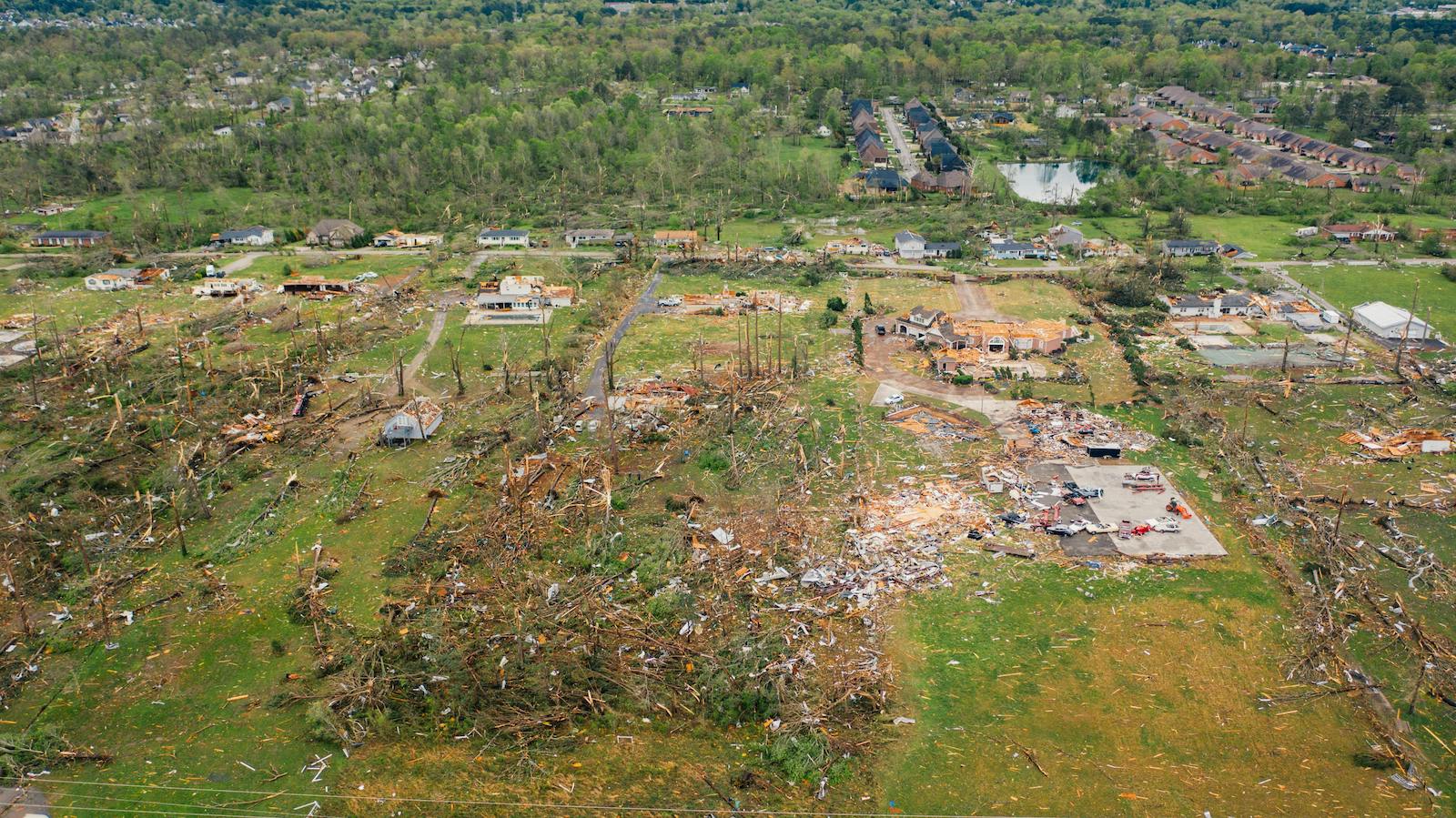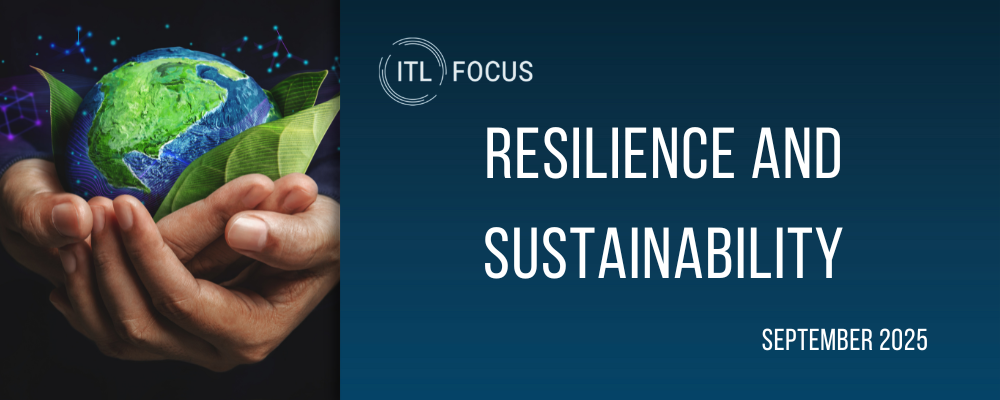KEY TAKEAWAYS:
--Technology has made an unprecedented amount of data on natural disasters available to anyone who needs it.
--MGAs and technology companies will start building better disaster-related insurance products.
--They still need more and better tools so their efforts can scale.
----------
We’re four months into 2023, and already California has been hit with multiple flash floods, skiers were left snowless in the French mountains and earthquakes shattered cities in Turkey, Pakistan and the U.K. Natural disasters used to happen once every few years -- some were considered “once in a lifetime.” Today, they have become a part of our daily news agenda.
Technological advancements have finally democratized access to vast amounts of data on these natural disasters. We’ve never been better prepared to understand what could happen tomorrow.
Bridging the data gap with new tech
Tech has a deflationary and democratizing effect. In the past, hurricane data and modeling was beholden to a supercomputer that certain specific people, governments and organizations were given access to. Today, three people in a startup can access this data through the cloud and generate high-performance complex calculations at scale.
However, you can give a person paints and brushes, but they do not automatically become Picasso. Data is only as valuable as the way you use it. On one hand, the more relevant data you access, the better your risk modeling should become. On the other, if you still rely on legacy technology and processes like Excel spreadsheets, this cornucopia of data will instead create unyielding data pools that don’t produce improved insights. Pricing tomorrow’s risk cannot be done with yesterday’s tools. Only with modern tools and technology can businesses generate actionable insights that feed into complex issues like climate change.
Data transparency and consent essential
The sheer amount of natural disasters the world is enduring means that, whether for a traditional insurance behemoth or a scrappy insurtech startup, data is available to better predict the risk of these disasters happening tomorrow. But data has a bad reputation -- for too long, businesses have hidden data mining details in the small print of privacy agreements most never bother to read. Do you know how and why a business is storing your data?
Data should be used to create better, fairer policies in insurance and to explain when policies change. You can’t argue against an increase in car insurance if there’s data showing you driving recklessly, for example. Data can deliver clarity and causality; it can explain risks and costs, but only when explicit consent is given to access such data.
See also: Improving Communication During Disasters
Modeling for tomorrow
We’re seeing a huge amount of investment in products like parametric insurance and other related modern forms of coverage to do with climate-related risks. When you look at the challenges faced by some of the biggest insurance companies in the world, you see that a lot of them are exposed to natural perils, like earthquakes and hurricanes, which means the providers of technology in that space are incredibly motivated to make things better. If clients are facing losses that your models are not allowing for, there is a huge disconnect, which will push incumbents to innovate.
Of course, there’s always more to be done. It’s the nature of the innovation game. As we see more advancement in data science and analytical technology, we’ll start to see MGAs and other technology companies emerge that can actually build dedicated products for businesses around parametric and disaster-related insurance. In fact, we’re already seeing new entrants like Descartes do exactly that. These are companies that you wouldn’t have been able to build just 10 years ago, but advancements in tech and an increase in skilled analytical professionals have made it possible. A 100-person-strong data science team just wasn’t possible in the past.
The democratization of data means insurers and reinsurers have the data to make better decisions, but not necessarily the tools to do so at pace and scale. It's incredibly important that catastrophe insurance evolves to support businesses -- it can’t be so expensive no one can afford it. That’s not a useful form of protection, yet catastrophe insurance is going to be critical in certain areas for companies to survive. That means as an industry, we need to leverage all the advances in technology to make more of the world insurable.






